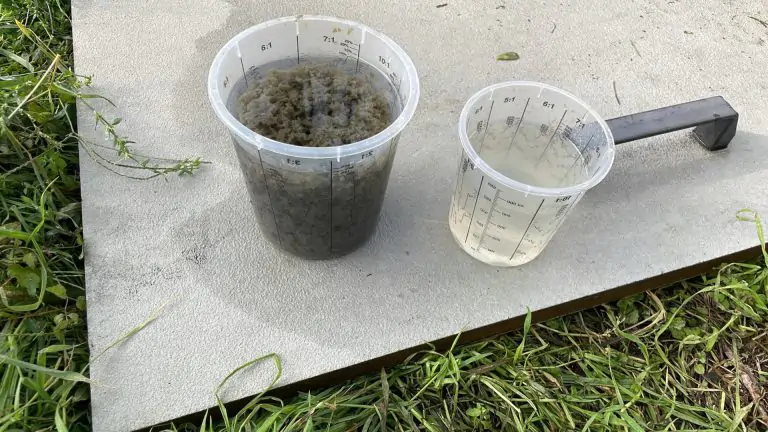
Technical Requirements for Water Treatment
The parameters to be considered for wastewater purification
From the separation of suspended solids of different sizes to the removal of oils and greases to biological treatments: wastewater treatment is a complex process and each plant is its own species. The goal is the safe discharge of treated water or, better yet, its reuse.
Removal of Total Suspended Solids from Wastewater.
Total suspended solids (TSS) are solid particles of different sizes and origins found suspended in wastewater. Removal of these solids improves the yield of the purification process and reduces the risk of contamination of surface and groundwater. The most common methods used: sedimentation, filtration, coagulation.
Read more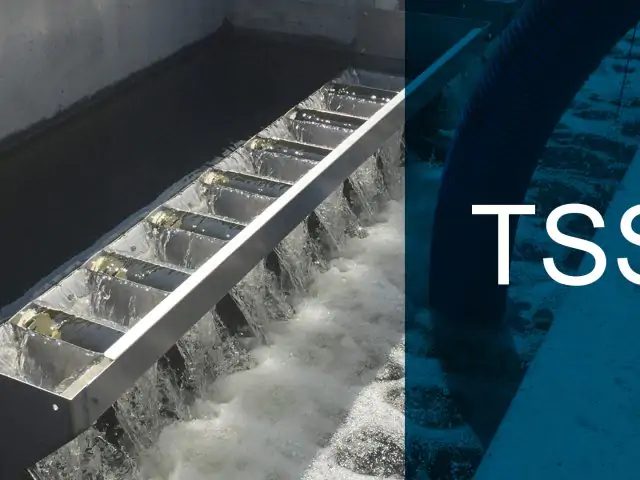
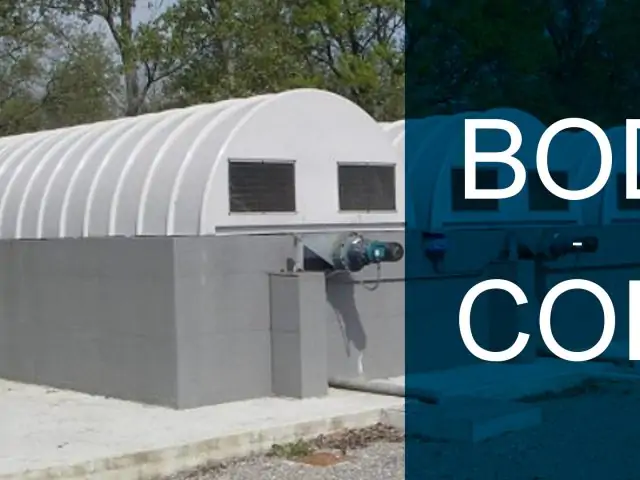
Removal of BOD and COD from Wastewater
Industrial and civil wastewater may contain high concentrations of organic matter, which can be measured "indirectly" through the parameters BOD and COD. Treatments with aerobic and anaerobic bacteria are useful for decreasing these two values. Dissolved air floaters and biodisc oxidation systems are two MITA technologies for removing BOD and COD.
Read moreRemoval of Phosphorus from Wastewater
Phosphorus is an essential nutrient for life, but in excess it can cause water eutrophication with algae growth and weakening of the aquatic food chain. Chemical treatments are among the most widely used processes for removing phosphorus from wastewater, and efficient sedimentation and filtration units provide valuable support.
Read more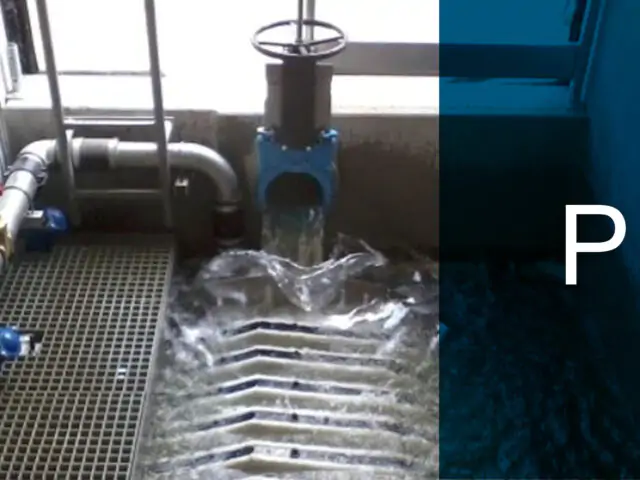
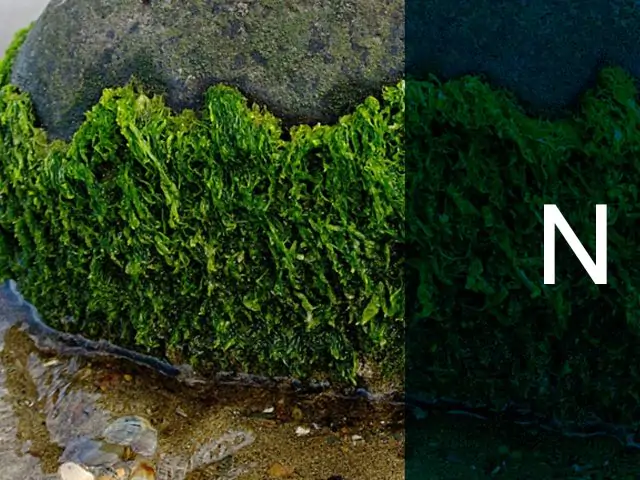
Removal of Nitrogen from Wastewater
How to treat an element that can cause water eutrophication
There are a variety of technologies available for nitrogen removal from wastewater, including biomass-added and suspended.
Read moreOil and Grease Removal from Waste Water
Sedimentation, flotation and chemical treatments: some of the processes, also exploited by MITA technologies, for the removal of oils and greases.
Read more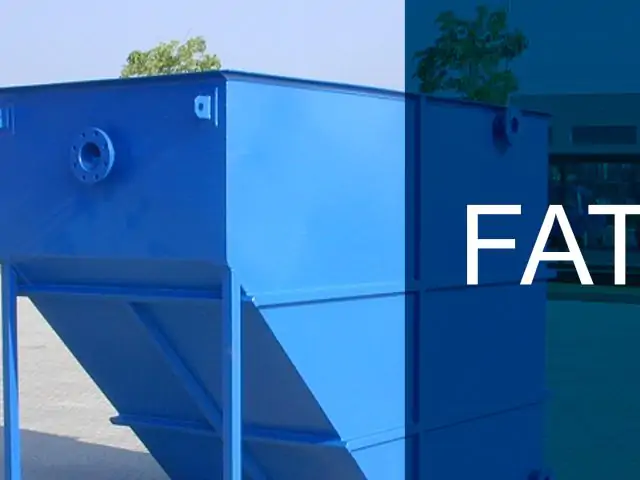
List of technical requirements for water treatment
The main technical requirements found in wastewater treatment are as follows.
- Suspended solids removal. Suspended solids are organic and inorganic solid particles found suspended in wastewater. Their size varies from micrometer to millimeter and, as a result, their separation from civil or industrial water follows different processes. These are some of the technologies used: screening, sedimentation, filtration.
- BOD and COD removal. These are two measures of the amount of organic matter in wastewater, which can lead to the consumption of oxygen in the water, resulting in damage to aquatic life and malodors. The processes to remedy this criticality are biological treatments using aerobic or anaerobic bacteria.
- Phosphorus removal. This is an essential nutrient for life but can cause overgrowth of algae and aquatic plants, reducing water quality. Technologies used to prevent this “eutrophication”: chemical precipitation, bioabsorption, adsorption.
- Nitrogen removal. Excessive presence of this element can also contribute to water eutrophication, in addition to having potential direct toxicity.An example of a process to restore nitrogen to environmentally compatible concentrations are nitrification and denitrification treatments.
- Removal of oils and fats. Oils and greases are particularly polluting components because they can promote deoxygenation of water, as well as clog purification systems. Flotation and filtration are often used to remove oils, greases, and other floating substances.
MITA Water Technologies’ solutions intervene at different stages described here, either alone or as an integration in existing plants: for example, to lighten the organic load of downstream technologies or to manage criticalities present in downstream sections of the plant.
It should be remembered that each plant is its own species, and even the choice of the best technology depends on the specific needs of the process lines. This is why it is always best to conduct tests with pilot units.
Ask for InformationOur Range of Products
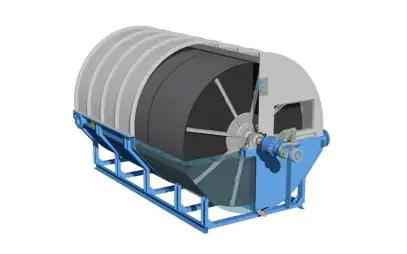
Biorulli® Biological Oxidation System
for biological wastewater treatmentAn efficient, highly flexible, and low-energy solution for secondary treatments, the Biorulli® biological oxidation system, a solution also referred to as "biological disc rotors," has very low operating and maintenance costs.
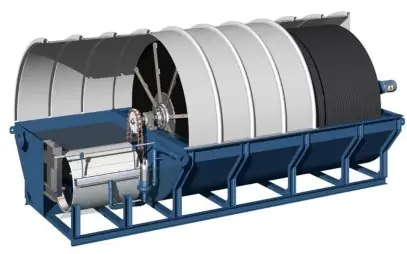
Biocombi Compact Plants
For wastewater treatment of small communitiesHighly efficient biological oxidation and depth filtration: these two steps are integrated in Biocombi, a compact plant for wastewater treatment in small communities, i.e., small towns or hamlets, resorts, hotels. Small footprint, flexibility for sudden changes in hydraulic and/or organic load, minimal energy use.
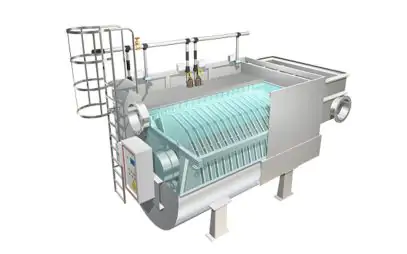
Pile Cloth Filters
for tertiary wastewater treatmentVery high solids removal yields and minimal product life cycle cost: these are the advantages of pile cloth filters for tertiary filtration. These are filtration systems suitable for industrial and civil wastewater and, in some cases, stormwater.
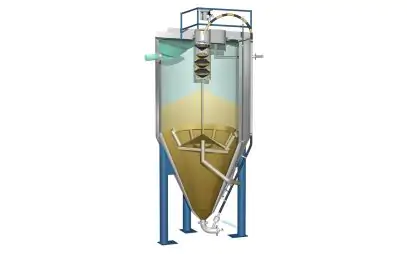
Filtrasand Continuous Sand Filters
for tertiary water treatmentEfficiency and continuity of operation: continuous sand filters represent a classic solution that is easy to construct and operate for wastewater finishing. Thanks to a unique patented washing system, the MITA solution allows the filter medium, i.e., sand, to be separated from impurities.
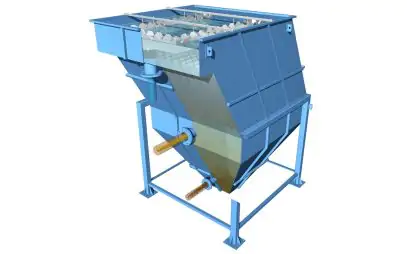
Flowpack Lamella-Pack Decanters
for sludge settlingA simple and very efficient solution: in lamella-pack decanters, solids-water separation is achieved through a dense network of channels, inclined at 60° to accelerate the settling of suspended solids.
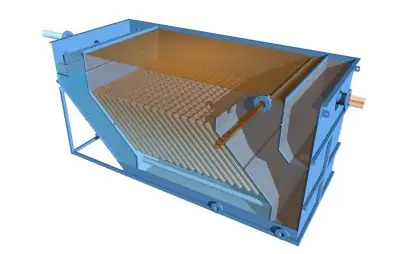
Oilpack Lamella-Pack Oil Separators
for process oil removalLamella-pack oil separators, often installed already at the primary treatment level, prevent particularly environmentally harmful components such as oils and hydrocarbons from reaching water bodies at the time of spillage. Slats inclined at 45° make the system efficient. Separated substances can also be recovered for better cost-effectiveness of the whole system.
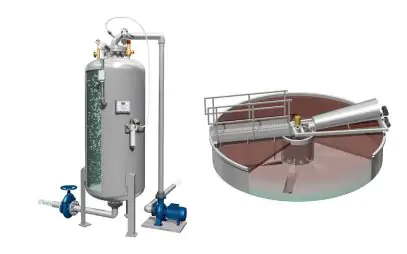
Dissolved Air Flotation Units
for water clarificationDissolved air flotation units are devices used in water treatment processes to separate suspended solids and other particles by forming bubbles that attack solid particles to make them less dense and rise to the surface as sludge or foam. They are used in primary civil wastewater treatments and in industries such as paper, food and oil & gas. MITA Water Technologies offers Mitadaf, a highly efficient system that combines uniform hydrodynamics and microbubble filtration.
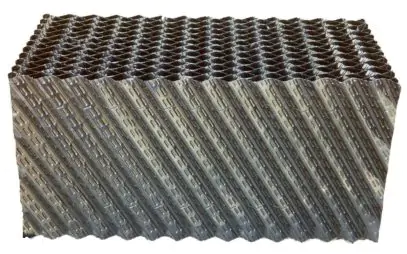
Filling Materials
for biological treatmentsWastewater is mainly contaminated with organic matter, which is decomposed by bacteria. These bacteria consume oxygen, which is essential for aquatic life. Percolating filters, and related biofilm media, provide a favorable environment for the growth of bacteria, thereby reducing oxygen demand and improving water quality.
What is your process goal?
Tools to help you choose
Our support throughout the product life cycle
A sustainable and efficient solution for every industry and need
Resources
Needs of wastewater treatment
Discover the solution for all needsComparing different technologies
Find out all the different technologiesFind out more
All technical articlesOr You Can Choose
Our Newsletter
Sign up for the MITA Water Technologies newsletter: stay up-to-date on systems for municipal and industrial wastewater treatment and filtration.